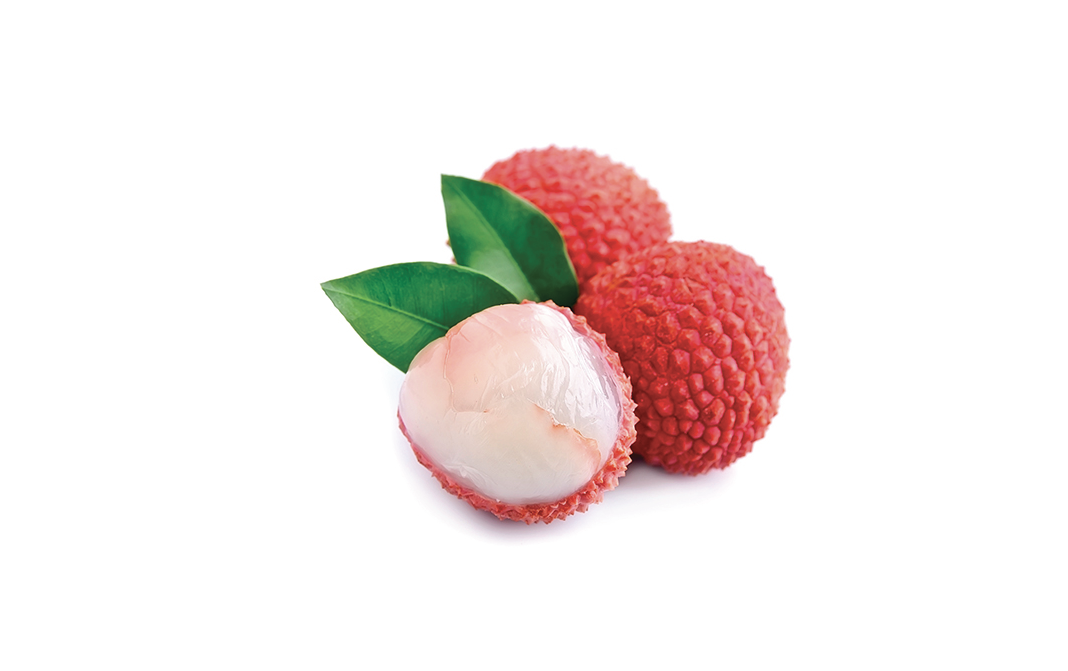


The skin of a mature litchi should be pliable, even though it's texture is naturally tough and leathery. Choose brightly colored litchi, with a deep red hue. It should be free from bruises or cracks. Also go for litchi that are still attached to the stem as it is more likely to be fresh. Avoid soft litchi as they're likely to be over-ripe.
Excess consumption of Litchi can cause internal bleeding, or fever. It contains high sugar content, so people suffering from diabetes should consume it in moderation.(2)
- Disclaimer
"Information here is provided for discussion and educational purposes only. It is not intended as medical advice or product or ingredient review/rating. The information may not apply to you and before you use or take any action, you should contact the manufacturer, seller, medical, dietary, fitness or other professional. If you utilize any information provided here, you do so at your own risk and you waive any right against Culinary Communications Private Limited, its affiliates, officers, directors, employees or representatives.”
Description
Litchi fruit is a rare sub tropical fruit originating from South China. The fruit is about 1½ to 2 inches in size, oval to rounded heart shaped and the bumpy skin is red in color. Once the skin of Litchi is peeled away, the fruit is translucent, fleshy and off-white, with a large brown seed in the center. It is grown throughout Asia, Africa, Australia, parts of South America and Central America and also in some parts of the U.S. including California, Hawaii, Texas and Florida. Its season typically begins in May or June, runs through the summer and ends in September. It is used in different dishes, like salads, crumble or Red duck curry. In China, it is cooked with pork, shrimp and chicken, its delicate floral flavor complements meat and seafood dishes.